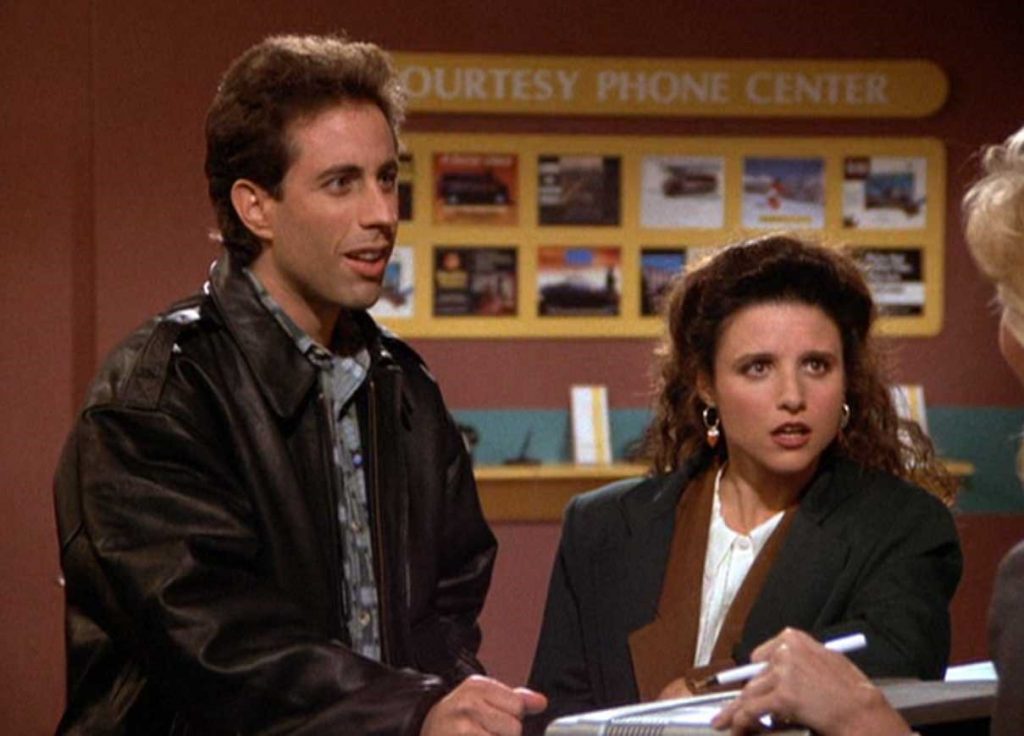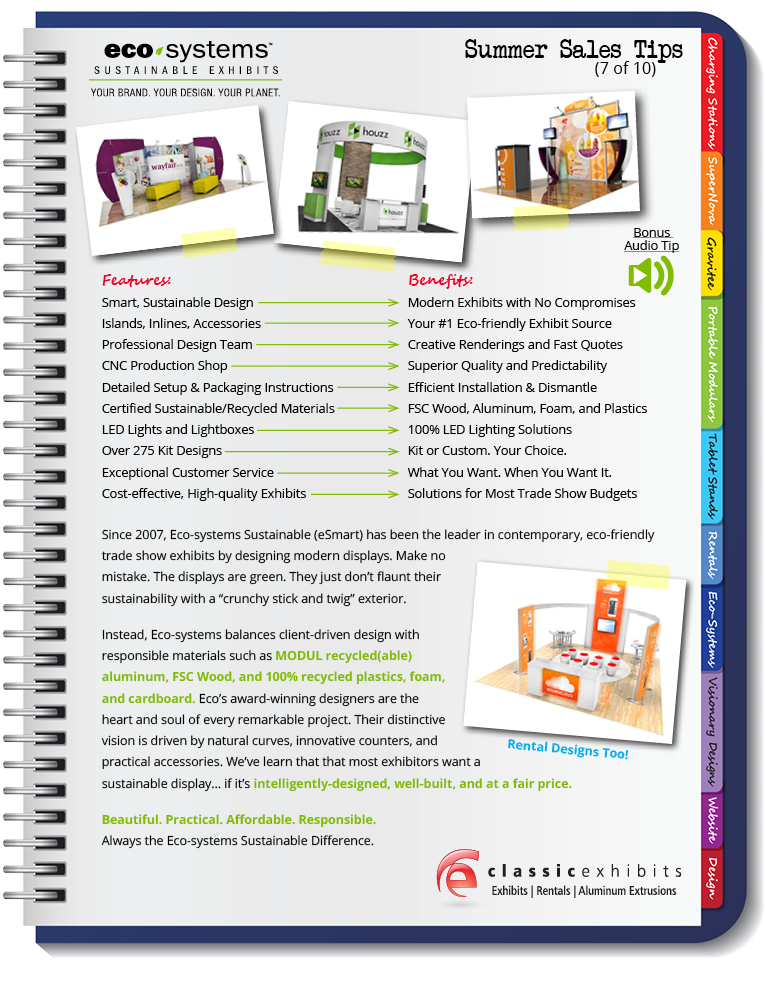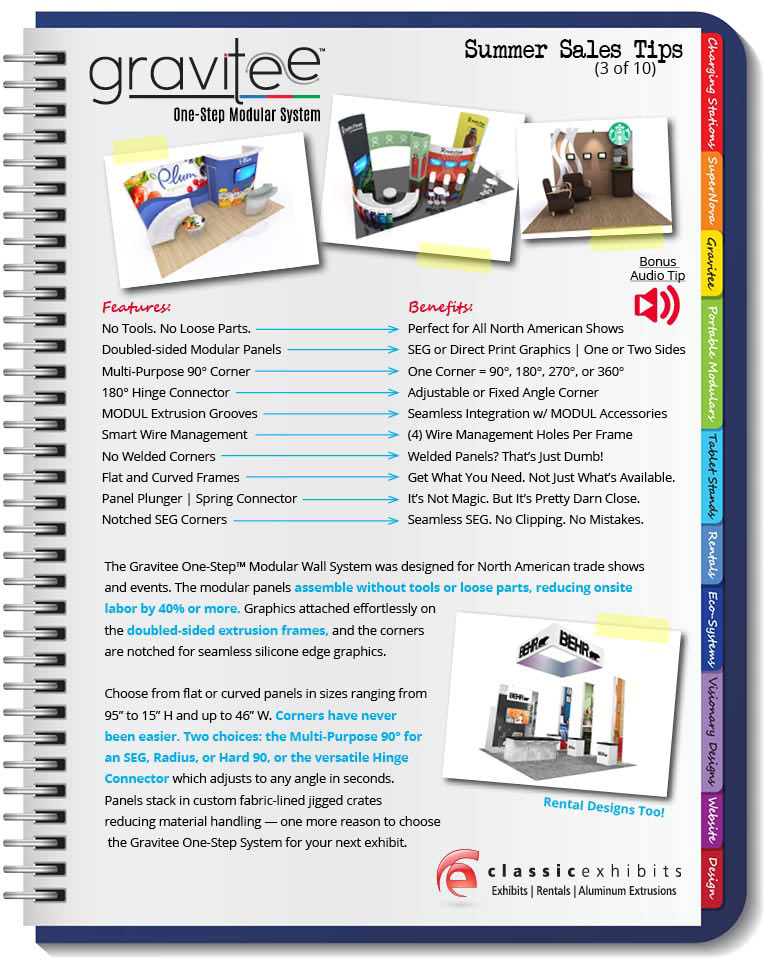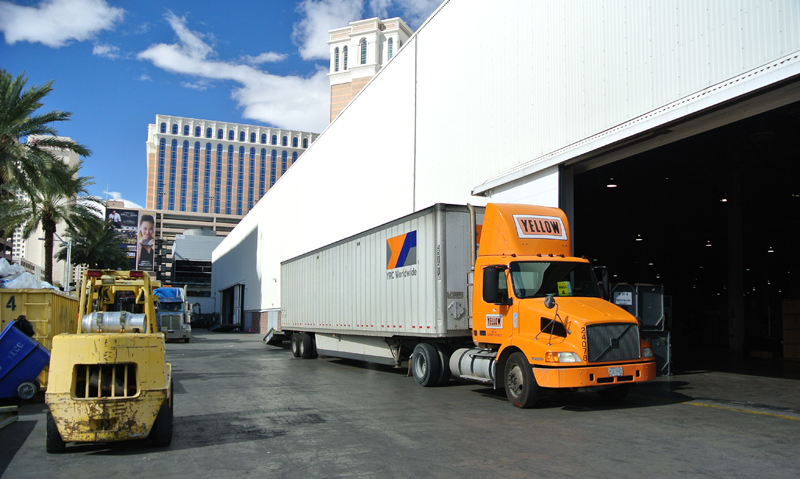 Jerry: “I don’t understand, I made a reservation, do you have my reservation?”
Jerry: “I don’t understand, I made a reservation, do you have my reservation?”
Agent: “Yes, we do, unfortunately we ran out of cars.”
Jerry: “But the reservation keeps the car here. That’s why you have the reservation.”
Agent: “I know why we have reservations.”
Jerry: “I don’t think you do. If you did, I’d have a car. See, you know how to take the reservation, you just don’t know how to “hold” the reservation and that’s really the most important part of the reservation, the holding. Anybody can just take them.”
We all recognize this scene from Seinfeld: The rental car desk. The banter between Jerry and Elaine. And the snide, indifferent response from the rental car agent. We’ve all experienced this poor customer service from an overbooked flight, a missed service appointment, or a bait and switch on an advertised product.
Yet, not all bad customer service is this blatant. Sometimes it is poor planning, not recognizing industry trends, or pure laziness. As a trade show exhibitor or an attendee, you’ve experienced this walking the show floor.
Invitation
As a child, you looked forward to the annual county fair — the rides, the concerts, and the food vendors were the highlight of the summer. You planned your summer around it. Trade shows were like that once – many, many years ago. Not anymore.
Exhibitors must be proactive. To be successful, they must invite existing and potential customers to their booth and explain their value. Whether you are using email, social media, advertising, or good old fashion phone calls, as an exhibitor, you should plan for 50% of your show traffic to be generated pre-show. Simply showing up and showing off no longer works.

Indifference
Think about all the money you spend before the show even starts — the exhibit, freight, booth space, drayage, labor, and travel costs. It’s significant. The show opens, attendees swarm the show floor, and some of those enter your booth space. And you ignore them.
By Day 3 how many pass through your booth without a greeting, a handshake, or even a friendly head nod? Your team may acknowledge them but it’s half-hearted. They’re already checking on their flight or planning for dinner. The attendee senses it. They move on to a competitor excited to see them on Day 3 at 3 pm.
Ignorance
At its core, a trade show is a face-to-face Google search. Attendees are there to find and collect information. Yet, many exhibitors bring charming rather than competent staffers. Simple questions can’t be answered by the booth staff, or the one expert is always unavailable. Even the booth fails the information test. Lots of splash but no real substance on your products and services. The successful exhibitor strikes a balance between charm and competence, flash and substance.

Ignore
Perhaps I’m naïve, but I don’t buy the statistics about lead follow-up. It’s not ideal, not even close, but most companies follow up on show leads. Unfortunately, they do it half-hearted. They send an email or leave a phone message… then call it good. They treat a show lead as a cold lead, not a warm one.
The trade show attendee stopped in your booth for a reason. It’s your job to pinpoint what they need and when they need it. All too often, we abandon the sales process after the first attempt: “I left a message and they never got back to me.”
Insight
What did you learn at your last show about your competitors, your vendors, your industry, and your customers? Nothing is more valuable. Yes, the trade show should lead to more sales. There should be a measurable ROI. However, it’s the unmeasurable ROI that’s often more valuable.
We call it “face-to-face marketing,” but it’s people connecting with people, sharing information, venting, gossiping, and looking for solutions. No website can do that as effectively as two people together. Ever.
There’s no magic or voodoo to outstanding customer service on the trade show floor. It’s all about smart planning, commonsense, and hard work.
–Mel White
mel@classicexhibits.com
http://www.linkedin.com/in/melmwhite
https://twitter.com/melmwhite
[subscribe2]













